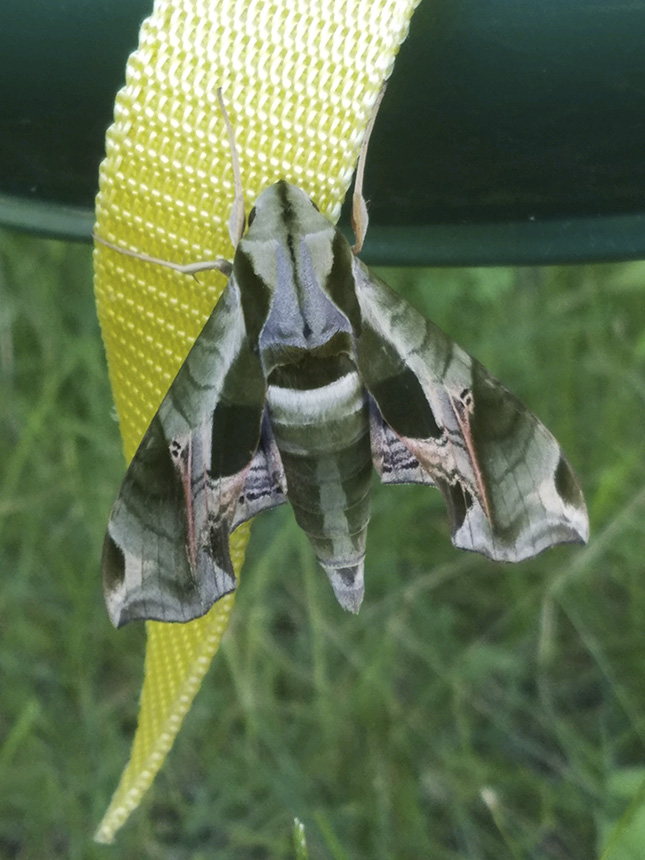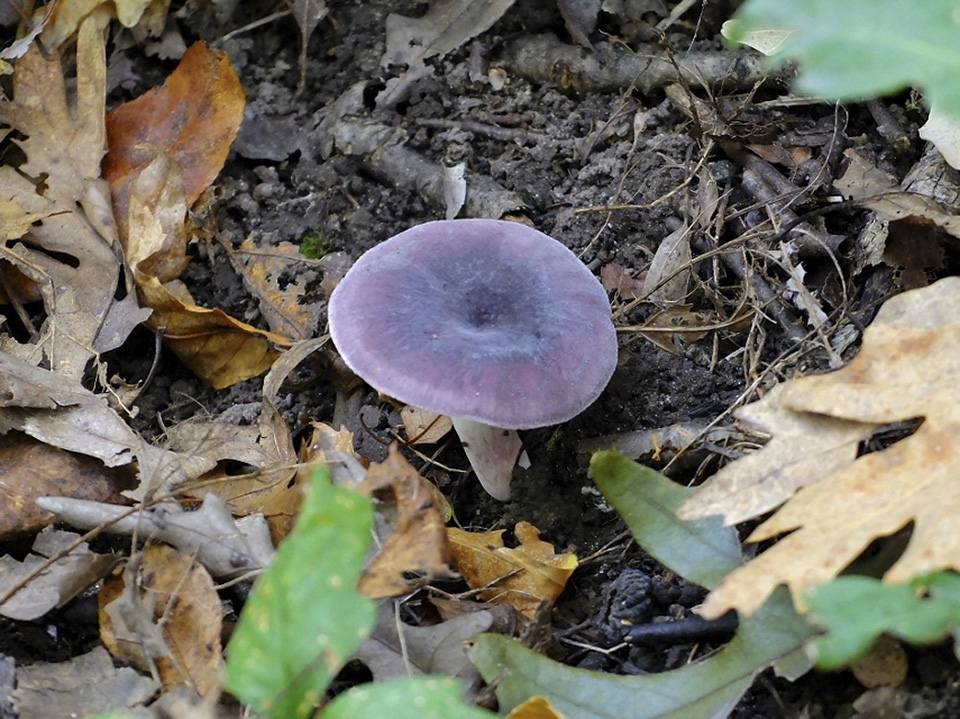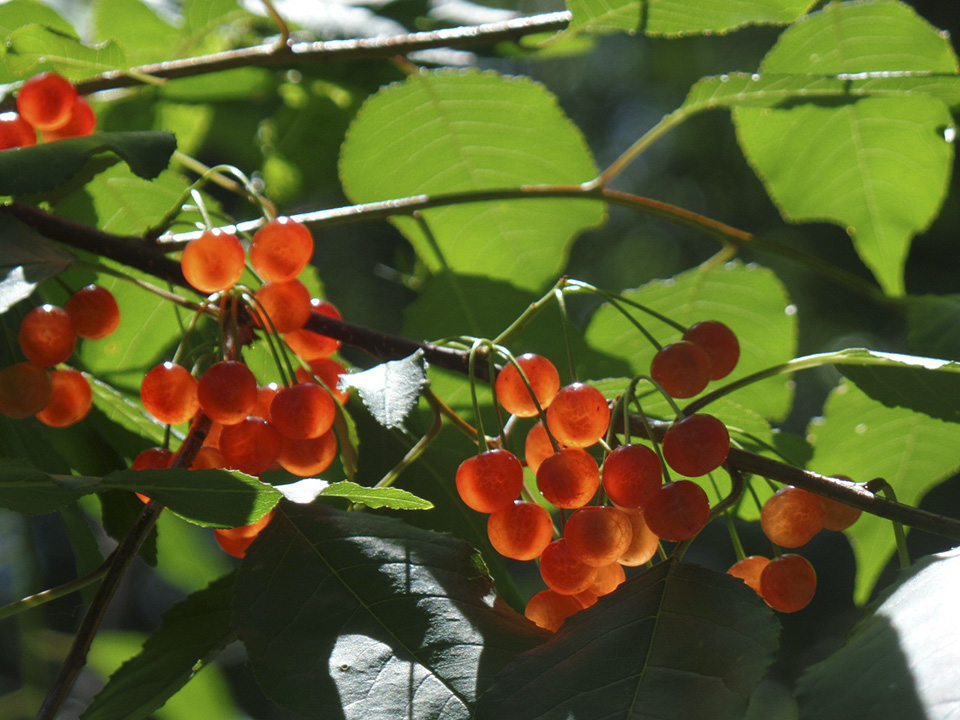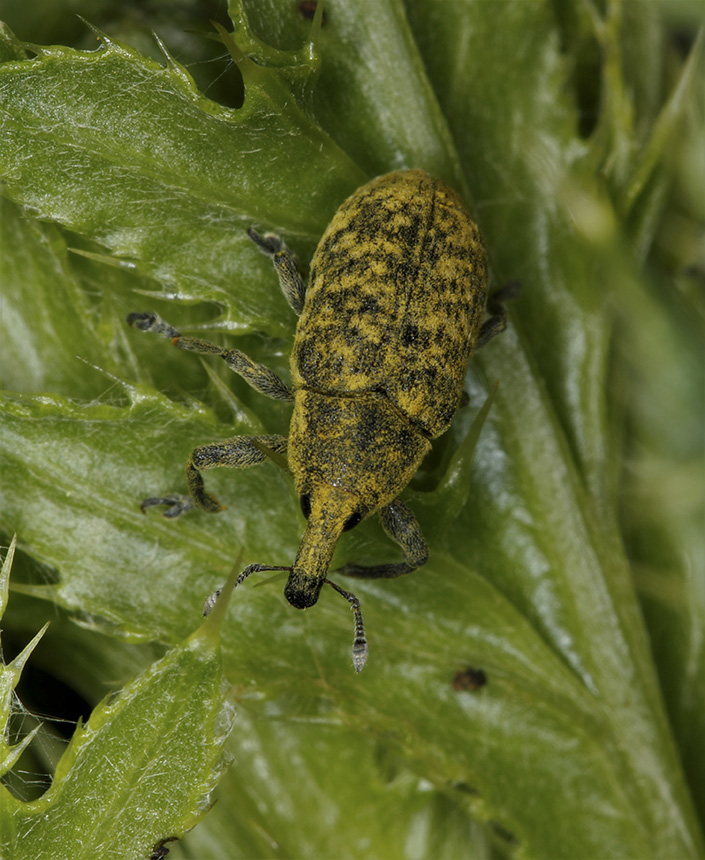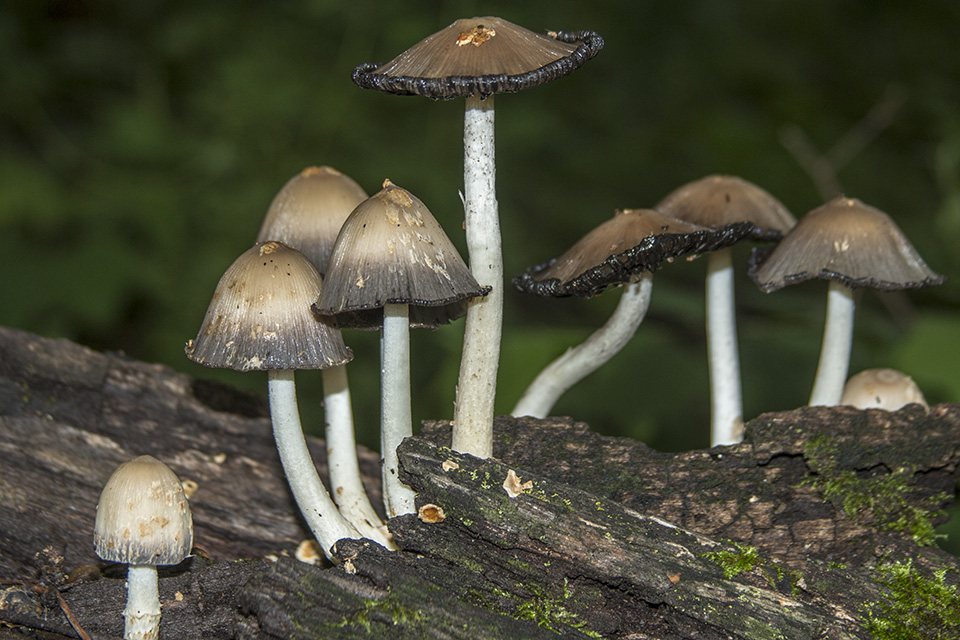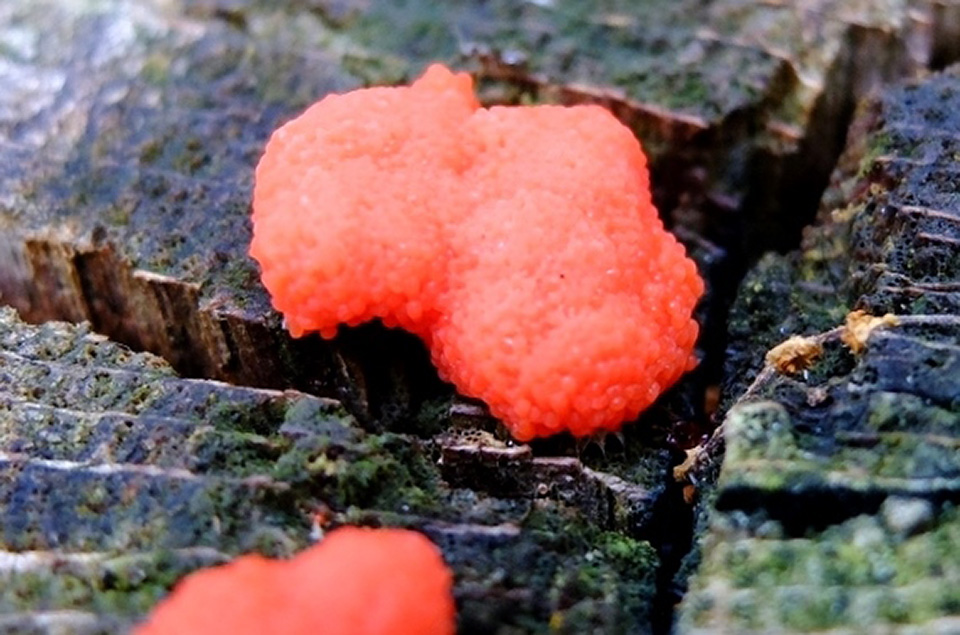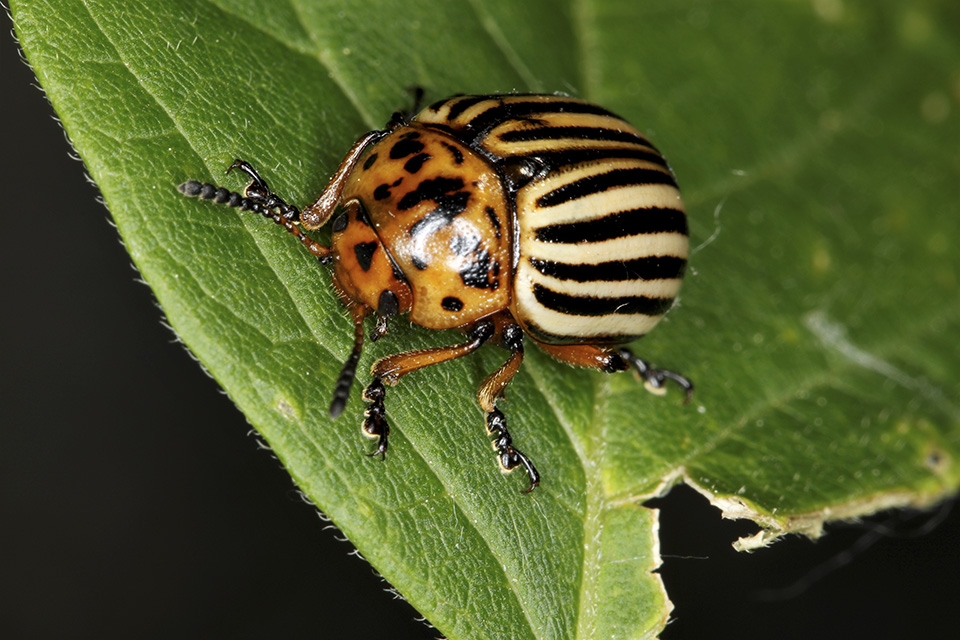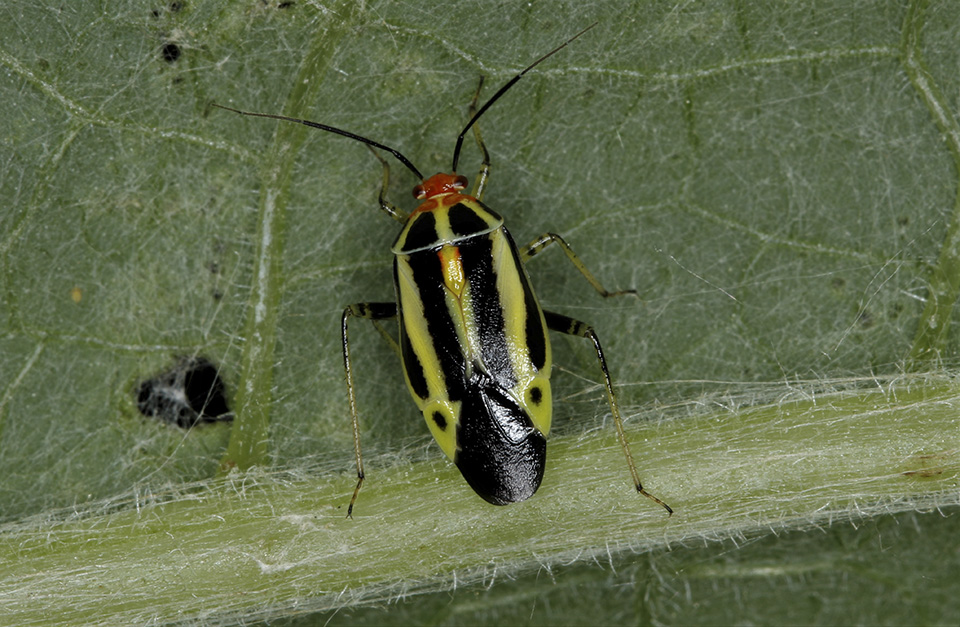Pandorus sphinx (Eumorpha pandorus) is a very large, dramatically patterned, sphinx moth. It is common and widespread in eastern United States. Adults fly at dusk from May to September. They have a wingspan of 3¼″ to 4½″, and a pale green background with a complex pattern of dark olive-green markings.
Humans are more likely to encounter caterpillars than adults. Known as hornworms, the caterpillars are found on grape and Virginia creeper in Minnesota, and also on peppervine elsewhere. They are very large, up to 3½″ long, and consume copious amounts of foliage. They can completely defoliate young grape vines, ultimately killing them. Older vines can withstand the damage.
Pandorus sphinx is similar in appearance to Achemon sphinx (Eumorpha achemon). The latter species is smaller and less common, and the adults are brown, not green.
http://www.minnesotaseasons.com/Insects/pandorus_sphinx.html

